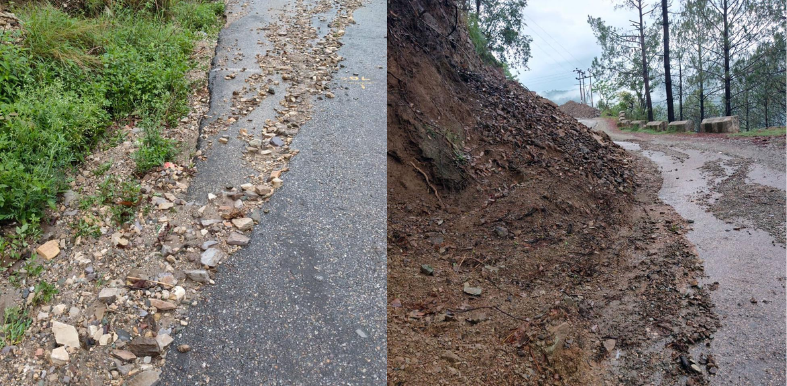Shimla: Due to the effects of climate change, tree species in the Himalayan regions are moving to higher altitudes, much like the shifting snowline.
Rising temperatures are causing several species that once thrived in lower areas to gradually disappear, while now being found only at higher elevations.
Recent studies conducted by the Himalayan Forest Research Institute, Shimla, reveal that many tree species have shifted upwards by 100 to 300 metres, and some by as much as 1,000 metres, compared to previous decades.
For instance, deodar trees, which were traditionally found at altitudes of 1,500 to 2,500 metres, are now being spotted closer to 3,000 metres. On average, trees are moving upwards by 20 to 25 metres per decade.
Also Read: https://thenewzradar.com/hey-journalists-maintain-distance-sukhu-govts-kullu-dussehra-diktat-sparks-controversy/
Among the affected species is Blue Pine, which was once found at altitudes of 1,800 to 2,500 metres. It has now shifted up to 2,800 metres. Deodar, which was previously thriving at 1,500 to 2,500 metres, is now seen closer to 3,000 metres. Himalayan Birch, West Himalayan Fir and Rhododendron species have also shown an elevation increase of 100 to 300 metres.
Key reasons for the shift
The studies highlight that the overall tree line, particularly in alpine areas, has been moving upwards by an average of 20 to 25 metres every decade. Lower altitude species like Baan Oak and Chir Pine are encroaching into mid-altitude forests, while high-altitude species are retreating to limited alpine zones.
However, the response to climate change has not been uniform across all species. Some, like the West Himalayan Fir, have migrated up by 200 to 250 metres, while others, such as the birch, have shown a smaller shift of 100 to 150 meters.
Also Read: https://thenewzradar.com/waqf-board-allows-sanjauli-mosque-committee-to-demolish-3-illegal-floors-work-may-begin-today/
A scientist at the Himalayan Forest Research Institute confirmed that ongoing climate change is pushing the vegetation line upwards, severely affecting certain species that are now on the brink of extinction.
Since 2010, the Forest Department and the Himalayan Forest Research Institute have been studying the impact of climate change on vegetation. The research focuses on areas like Chora Kanda in Kalpa, Narda Kanda in Kinnaur, and the Great Himalayan National Park, tracking the changing elevations of various species. Preliminary findings have already documented a significant upward shift in species’ elevation.





